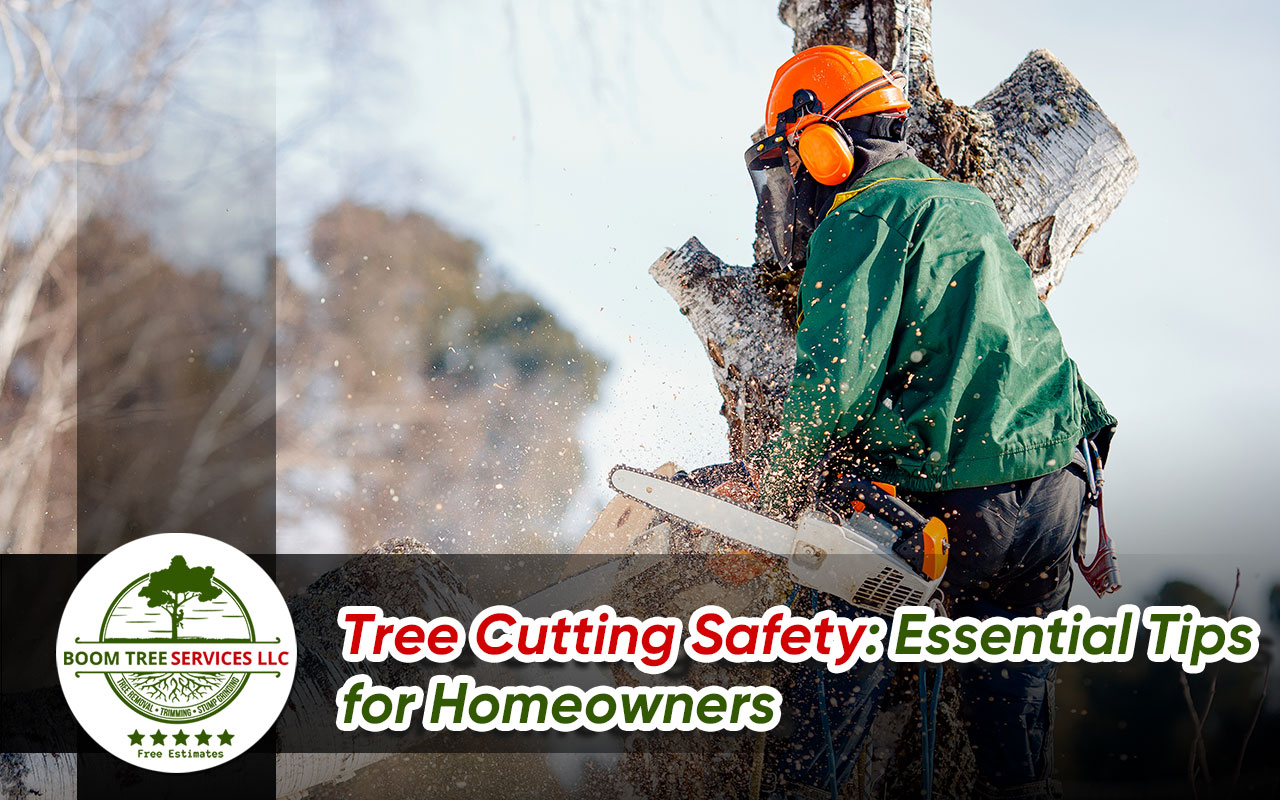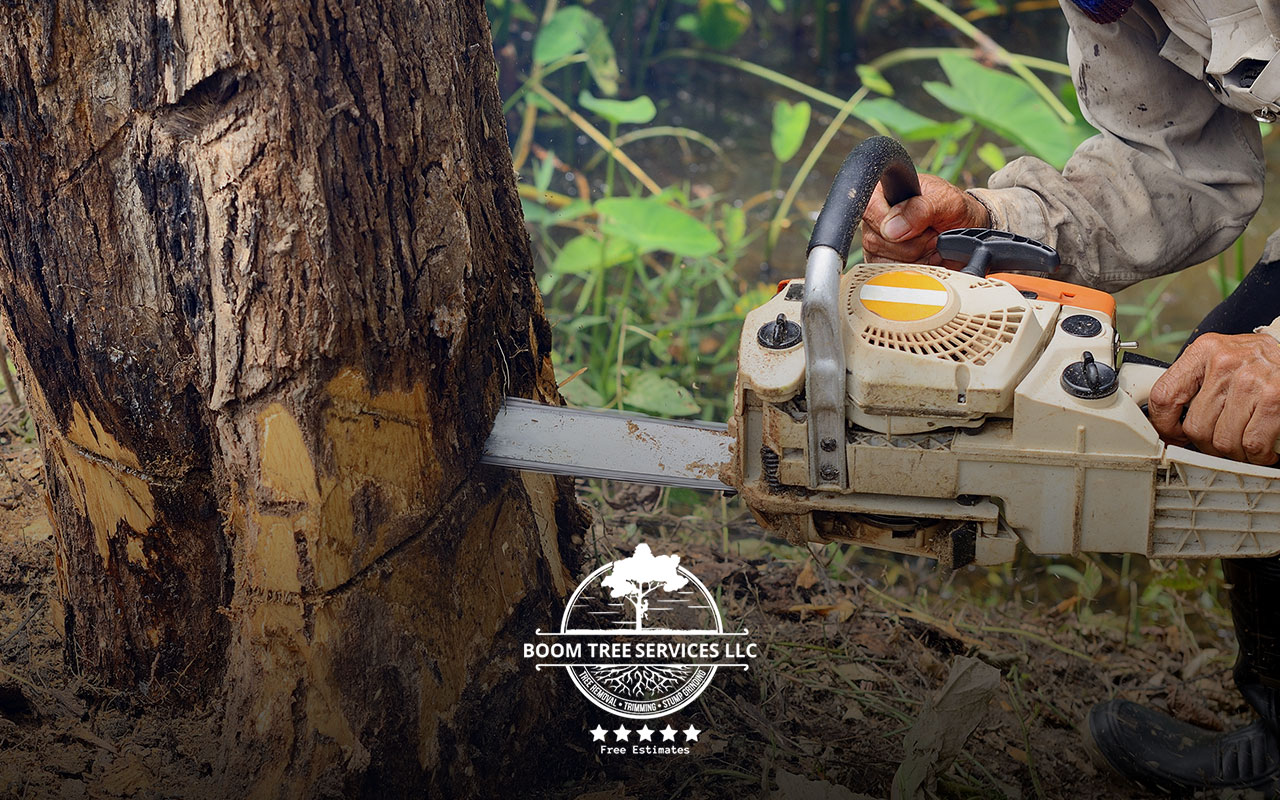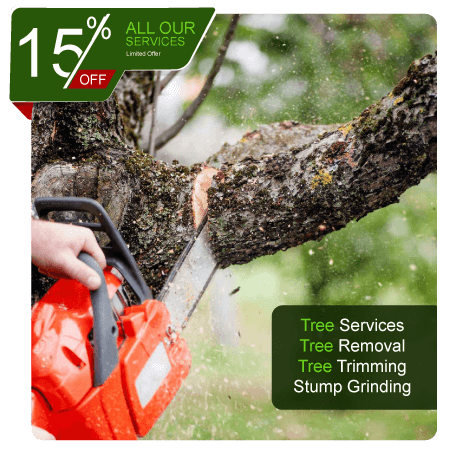
Tree cutting can be dangerous without the right precautions. Understanding tree cutting safety is essential to prevent accidents and property damage. Whether you’re trimming branches or removing a tree, following safety guidelines will protect you and your surroundings. In this guide, we’ll cover everything you need to know for a safe tree cutting experience.
Why Tree Cutting Safety Matters
Risks of Unsafe Tree Cutting
Cutting down a tree might seem simple, but it comes with risks. Falling branches can cause severe injuries or damage nearby property. Without proper tools or techniques, trees may fall in unpredictable directions, creating dangerous situations.
- Injuries from falling limbs or mishandling tools.
- Trees falling on homes, cars, or other structures.
- Power line hazards if trees are near electrical wires.
Common Mistakes to Avoid
Many accidents happen because of avoidable mistakes. Understanding these errors can help you stay safe.
- Using dull or inappropriate tools.
- Misjudging the tree’s weight or direction of fall.
- Ignoring personal protective equipment (PPE) needs.
Tree Cutting Safety Tips for Homeowners
Essential Safety Equipment
The right equipment makes a huge difference in safety. Always gear up before starting any tree cutting job.
- Helmet: Protects your head from falling branches.
- Safety Goggles: Keeps debris and sawdust out of your eyes.
- Gloves: Offers a better grip and shields your hands from cuts.
- Steel-Toe Boots: Prevents foot injuries from heavy tools or logs.
Assessing the Tree and Its Surroundings
Preparation is key to safe tree cutting. Before starting, inspect the tree and its surroundings.
- Look for weak branches, cracks, or signs of rot.
- Check for obstacles like power lines or nearby buildings.
- Plan an escape route in case the tree falls unexpectedly.

Proper Cutting Techniques
Using the right technique ensures control and reduces risks.
- Start with a notch cut to guide the tree’s fall.
- Make a back cut slightly above the notch to fell the tree.
- Never cut above shoulder height to maintain control of the saw.
When to Call Professionals for Tree Cutting Safety
Complex or Hazardous Situations
Some tree cutting jobs are too dangerous for DIY. In these cases, calling professionals is the best option.
- Trees leaning toward power lines or structures.
- Large trees requiring specialized equipment.
- Storm-damaged trees with unstable branches.
Benefits of Hiring Tree Experts
Hiring professionals ensures safety and saves time. They have the tools, experience, and techniques to handle even the toughest jobs.
- Reduces risks of injury or property damage.
- Proper disposal of debris and tree remnants.
- Peace of mind knowing the job is done correctly.
FAQs About Tree Cutting Safety
Do I Need a Permit to Cut Down a Tree?
Permits are often required for large or protected trees. Check local regulations before starting any tree cutting job.
Can I Cut a Tree Near Power Lines?
No. Trees near power lines pose significant risks. Always call professionals to handle these situations safely.
What Are the Signs of a Dangerous Tree?
Cracks in the trunk, dead branches, leaning, or rot are key indicators of a hazardous tree.
Prioritize Safety for Every Tree Cutting Job
Tree cutting can be a challenging and dangerous task. Following these tree cutting safety tips will help you protect yourself and your property. However, for complex or hazardous jobs, it’s always best to call professionals. Contact us today to ensure your tree cutting projects are handled safely, efficiently, and without risk.

